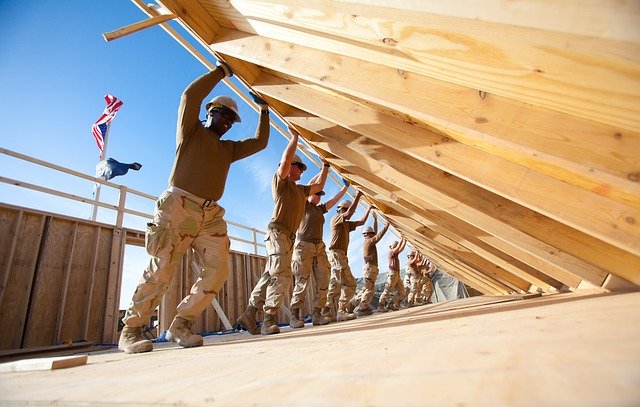The worldwide labor shortage, a continuous push towards increasing construction productivity, and the surge in computational power has triggered a new wave of research into construction robotics lately. So far, much of this work has focused on exploring the technical aspects of robotic design in terms of locomotion, sensing, and manipulating technology. Moreover, research into new construction materials, in particular, to allow for additive manufacturing moves prominently into the spotlight of our research activities.
To pave the way forward, I believe that an additional topic for scientific research will be equally important: Formalizing advanced engineering and trade knowledge. Considering that robots need to take over tasks that humans are conducting on construction sites (not only labor related, but also planning related), we need to clearly and explicitly understand the knowledge these humans possess to inform the design of robots. Gaining such an understanding will be important for all aspects of robotic design; for deciding upon robotic hardware in terms of locomotion, sensing, and manipulating and for developing robotic software – from sensor interpretation to path finding. Equally important, formalizing engineering knowledge is required to develop new design methods and materials.
To understand and formalize engineering knowledge for robotic design, research is required: a sound body of research methodologies will need to be developed that is based on design thinking, but also provide the means for sound validation (in the real world and simulation based). We also should review the existing robotic solutions that have been proposed in the past and understand how engineering knowledge has influenced their design in retrospective studies.

